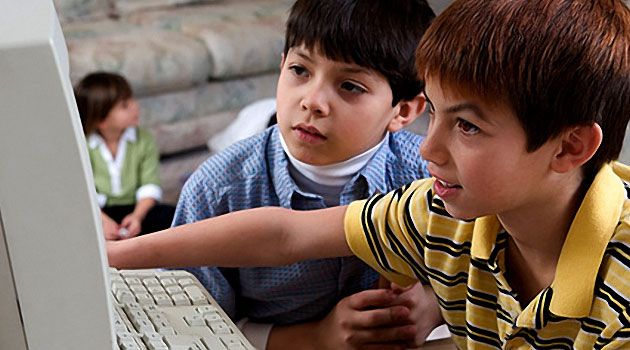Many parents may remember being a victim of physical and emotional suffering at the hands of a childhood bully. Others may regret being a bully when they were young.
Youths are still at risk for verbal and physical bullying, but today’s technology dramatically increases a bully’s potential impact. Internet bullying, or cyber-bullying, gives school-yard bullies a World Wide Web of options.
“The significant difference between cyber-bullying and conventional bullying is the ability to hide one’s identity,” said Sharon Gibson, a UGA Cooperative Extension child development expert.
Gibson coordinates UGA’s Children, Youth and Families at Risk Project in the College of Family and Consumer Sciences. She warns the technology used to make children safer and better equipped for educational advancement can be used against them.
“The difference is how far the verbal assault can spread and how fast it can spread. Technology propels bullying beyond the school yard or neighborhood to the world through the Web,” Gibson said.
There are many different ways to be cyber-bullied. One of the most common is hurtful or threatening instant messages.
Other forms include creating a Web site or blog with embarrassing information or unflattering pictures of the victim.
A blog is a Web site where entries are made in journal style and are displayed in reverse chronological order. Pictures taken with a cell phone or digital camera can also be e-mailed, printed and posted to Web sites.
In the old days, kids would pass notes in class, collecting votes on various categories of students then post them on the bathroom wall. Today, Internet polling is a serious cyber- bullying tool.
“(Internet polling) has a life of its own,” Gibson said. “It can go out to hundreds of people.”
When cyber bullies use internet polling, they broadcast polls to get voters to cast their opinions on who belongs at the top of such condescending categories as dumbest and fattest, she said.
The results are either shared with all the voters through email or posted to Web sites.
In spite of the many misuses of technology, Gibson doesn’t condemn using the Internet.
“The Internet doesn’t necessarily lead to negative behavior,” she said. “But cyber-bullying can be more insidious because the victim can’t easily escape from the bully.”
To keep children safe on the Web, parents should use awareness as a form of protection, he said.
“Just as you know where your child is physically, so should you be aware of the places that your child is visiting on-line,” Gibson said.
Also, because cyber-bullying can happen at home or at school, parents should know school rules.
“Parents should ask the school what their policy is,” Gibson said. “If [a policy] isn’t in place, they should work to develop a school policy.”



